Originality AI was one of the first AI content detectors that reached mass popularity on the market. Content integrity is vital to keep on top of since generative AI content is now flooding the internet. This Originality AI review dives into the platform’s features and sees if it still holds up to its original hype. We’ll examine this and how to begin using Originality AI for yourself.
What is Originality AI?
Originality AI is an AI content detector built for marketers and digital writers. They exclusively cater their product to people writing for SEO and company blogs, but not to students and academics. Many other AI content detectors do cater to academic institutions, but this is not one of those.
Originality AI is not new to the scene, having existed long before the initial upheaval surrounding AI content triggered by the release of ChatGPT. Since then, they have rolled out consistent updates, which include their rebranding efforts, enhanced features, and new pricing options.
Exploring Originality AI Key Features
Originality AI is best known as a reliable AI content detector. But the software also includes other helpful features for content marketers, like readability scores and plagiarism checks. These additions aim to empower writers to generate unique, captivating content while navigating the complexities of originality. With that in mind, let’s explore these features and discover how effective they really are.
Content Detection
Originality AI’s claim to fame is detecting AI-generated content (such as articles, reviews, or email campaigns). This function is engineered to identify AI-generated content with high precision. It has undergone extensive testing against various inputs—human-written text, AI-generated content, and even content “humanized” by other software. In most tests, it has proven to be highly accurate.
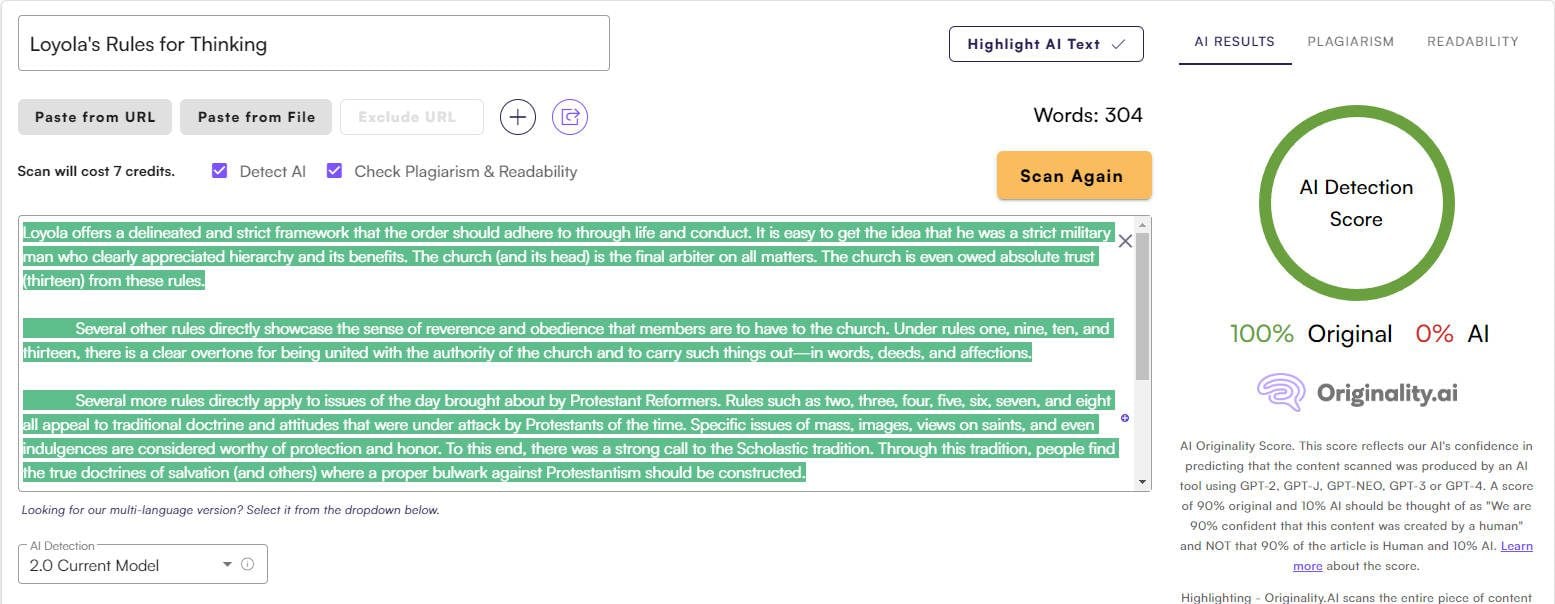
Originality AI correctly identified this human-written text
In August 2023, Originality AI released its AI Content Detector 2.0, bringing much more accuracy. On private benchmarks, they noticed a 15% decrease in false positives, probably the most significant hurdle AI detectors face in providing reliable results. It was also explicitly trained on a very good data set of GPT 4 and paraphrased content. Content that spins human content is a huge problem and is harder to tell from AI-generated content since it uses human content as its basis.
Despite its strengths, the tool is not flawless. It thrives in pinpointing AI-originated content but has sometimes misidentified human-produced materials. This isn’t exclusive to Originality AI. With AI writers evolving rapidly, AI content detectors must adapt dynamically to each new model released. As such, even though AI content detection is increasingly important, users must remember its potential for inaccuracies.
Readability Scoring
Often, content creators neglect the importance of readability, but it’s a vital component for audience engagement. Originality AI brings to the table a scoring feature that efficiently gauges the readability of your content. This tool is a boon for writers and marketers striving to create unique and user-friendly content. We love that this feature is in the mix because it gives writers even more automated feedback about their writing.
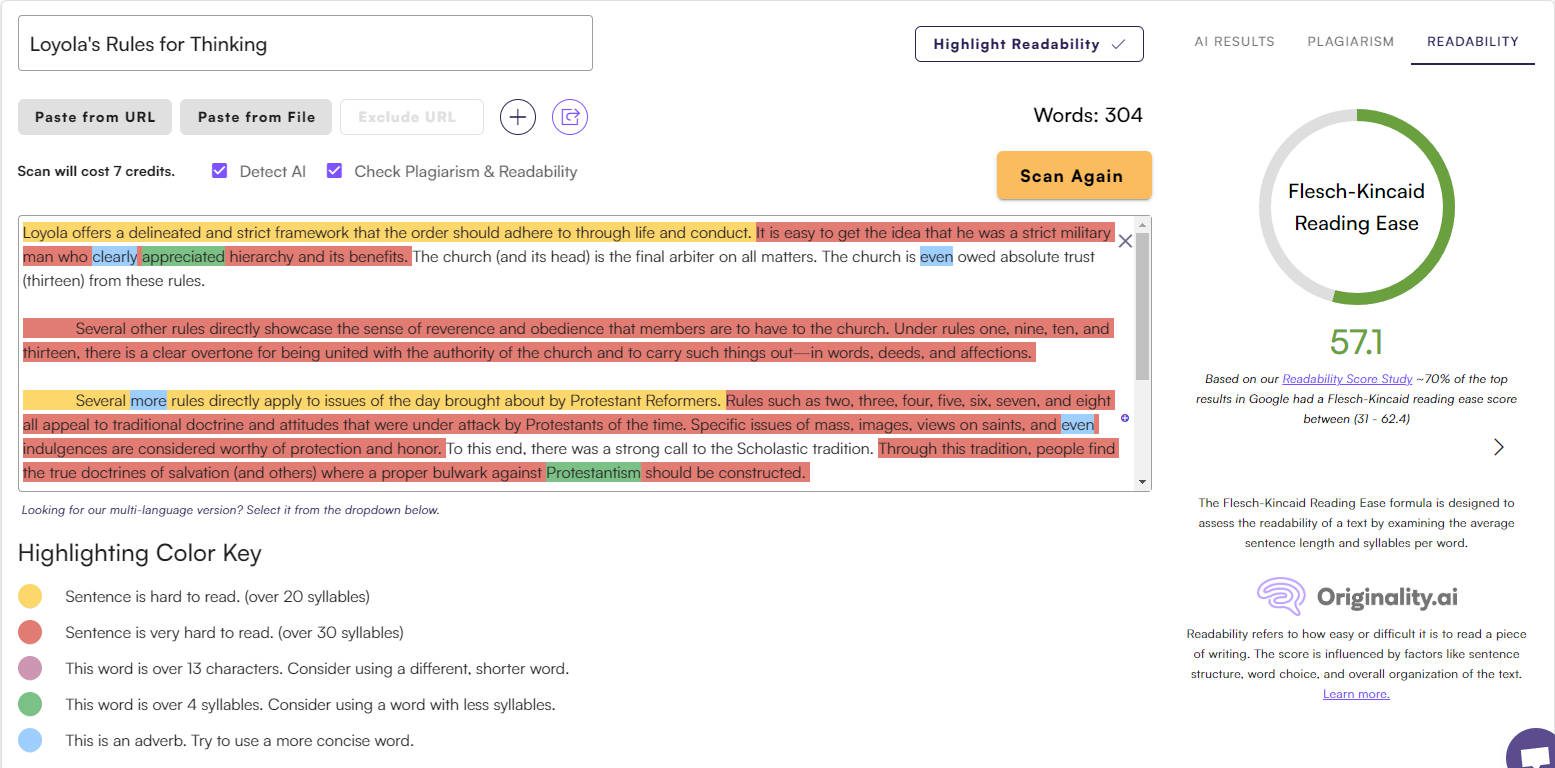
The readability score is a helpful indicator, but it doesn’t offer actionable insights for improvement. The color-code highlights help drill down into particular readability issues, but the writer must fix them by hand. The readability feature outputs a standardized Flesch-Kincaid score ubiquitous across the industry.
Plagiarism Scanning
The simplicity of copying and pasting content from AI paraphrasing tools has also made plagiarism a significant issue. Originality AI addresses this with its plagiarism scanning feature. This function offers a security feature for content creators by detecting duplicated content.
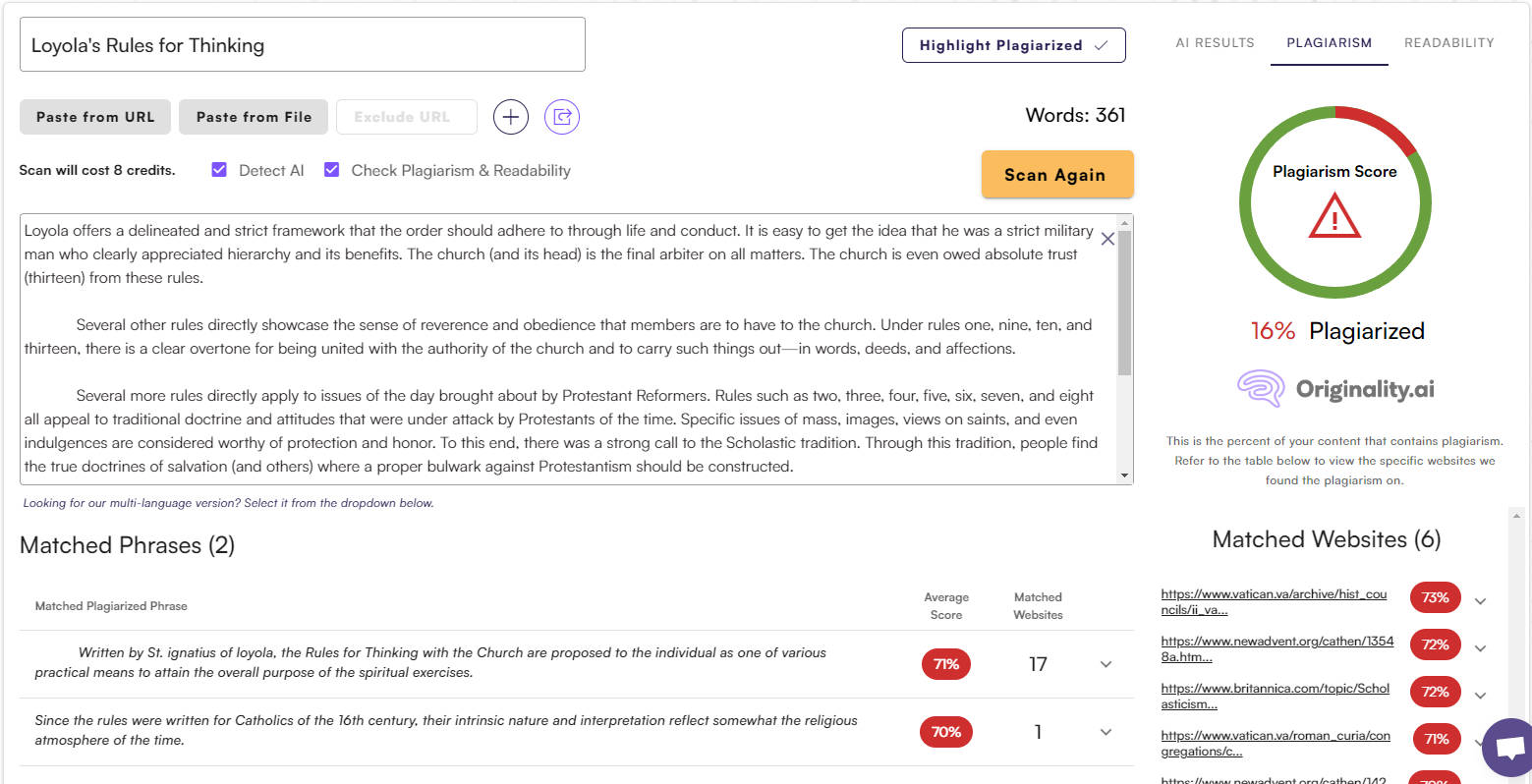
In our example of an obscure topic, it successfully recognized a direct copy-paste from another website during testing, indicating plagiarism. Non-plagiarized content written by humans was marked as non-plagiarized. While it provides a beneficial initial screening, conducting further, comprehensive checks still need to be done.
Chrome Extension: Good Idea but Limited
The Chrome extension of Originality AI serves writing organizations and publishers. It helps keep track of the origin of content within documents, distinguishing between human-written text and content that has been pasted or generated through a GPT addon. This is particularly useful for organizations that need to monitor the originality of multiple documents. It tracks who is editing the document and what exactly they wrote.
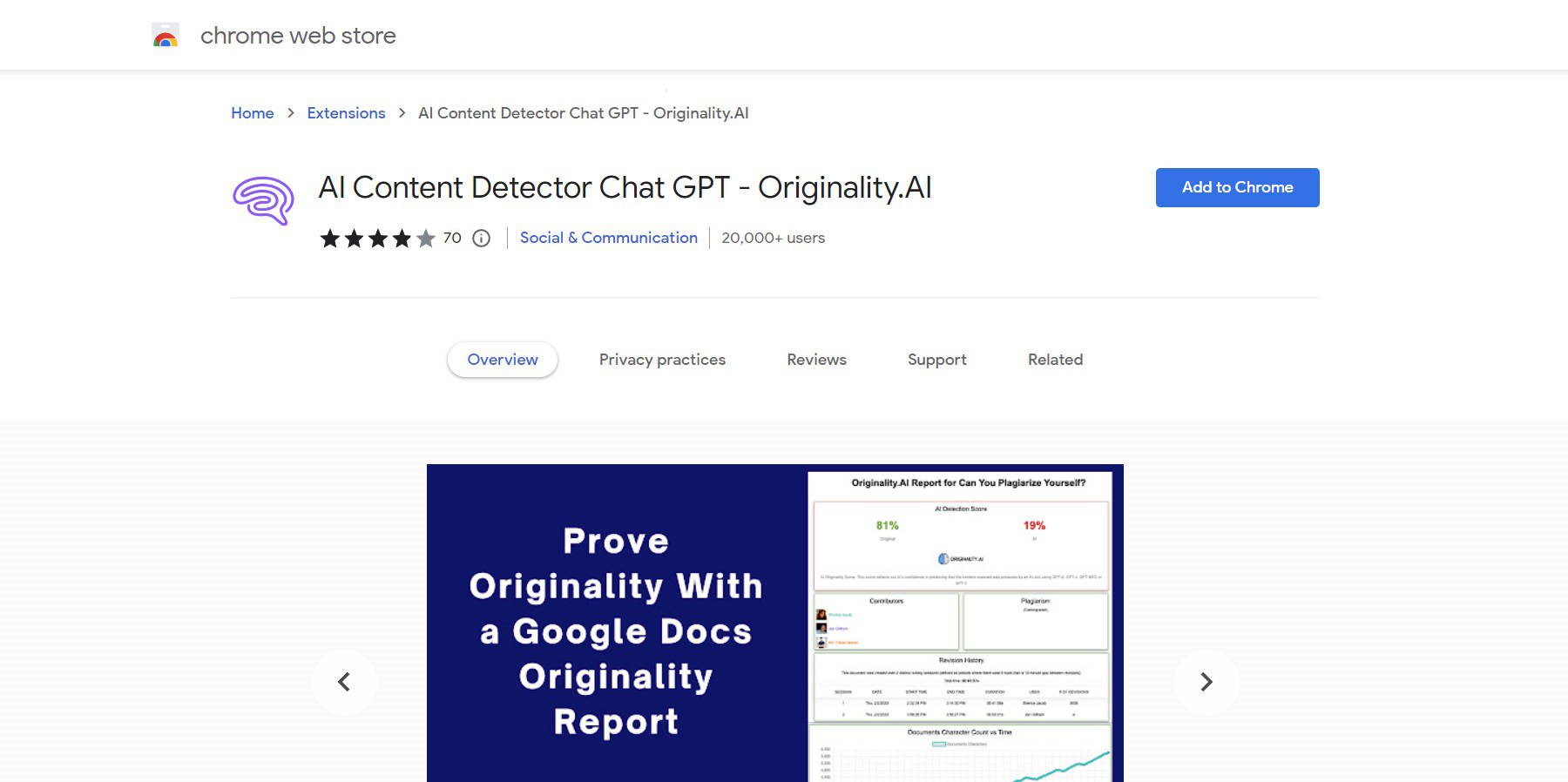
However, the extension has its drawbacks. Firstly, it does not offer free credits for use (even to try out the platform), which could deter potential users. Secondly, it has received less-than-stellar reviews due to user interface issues (the extension only, not the main platform). While the extension adds convenience, it falls short in some key areas. If you want to use Originality AI, we’d recommend that you take full advantage of their main SaaS product but wait for some much-needed updates to the Chrome extension.
Ease of Use and User Interface
By and large, most AI content detectors are pretty much easy to use. Originality AI is no different. To scan some text, all you need to do is paste the text into the dashboard. The monthly plan also supports document uploads. From there, pressing the “Scan” button sets the AI detector (and other tools) in motion. Within 20 seconds, you will have a full report for your pasted content.
However, the UI is admittedly quite cluttered. The picture below shows several things that make Originality AI harder to use than it should.
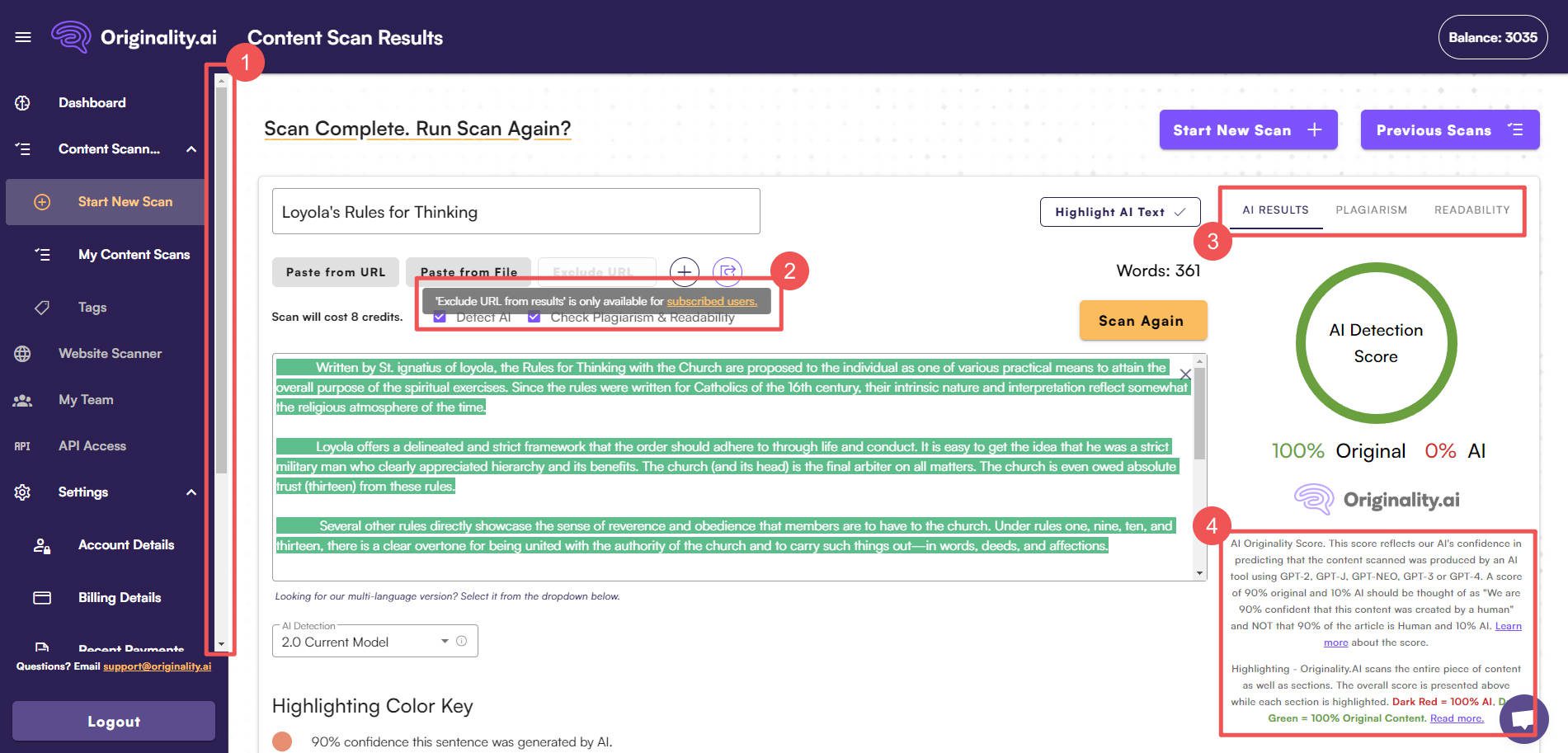
- The sidebar, which houses the main navigation, doesn’t fit into a single view and has a scroll bar
- Tooltips aren’t clearly labeled as tooltips, and their text overlays crowd out other elements when activated
- The primary reports generated by the tool are not prominently displayed
- Extra text clutters the corner and would be better as a popup notification for first-time uses
Originality AI clearly gets the job done. Their UI has improved, but still could be easier for users to navigate. Overall, the UI is not too distracting once you get used to it. It just takes some experience to know what elements to ignore.
Originality AI Pricing Plans: A Tailored Approach for Every User
Regarding pricing, Originality AI offers a flexible approach designed to cater to diverse users. Each plan offers a different level of access to certain features and a certain amount of credits. Credits with Originality AI work like this: 1 Credit Scan = 100 Words. Additional Credits cost $0.01/credit whenever you need them.
So, whether you’re a consistent user who needs access to a comprehensive suite of features or someone who uses the service sporadically, there’s a plan for you. Let’s break down the options to help you make an informed decision.
Pay-as-You-Go Plans: The Flexible Option
The Pay-as-You-Go Plan offers a more flexible alternative for users who don’t require consistent access to Originality AI. To get started, the plan requires a one-time payment of $30.
Here’s what you get with the Pay-as-You-Go Plan:
- 3000 Credits (or 300,000 word scans): These credits equate to having a 2-year expiry, giving you ample time to use them. If you run out, you can purchase extra credits at $0.01 per credit.
- Access to Basic Features: This plan includes an AI Scan, a Plagiarism Scan, a Readability Scan, and a 30-day scan history. However, it lacks some premium features like API and Full Site Scans.
This plan is perfect for users who need the essential functions of Originality AI on an ad-hoc basis. Whether you’re a freelance writer, a student, or someone who only occasionally needs to check the originality of content, this plan offers a cost-effective solution.
Monthly Subscription Plan: The All-Inclusive Package
Originality AI offers a Monthly Subscription Plan for those who need a set amount of work done over an extended time frame. Priced at $14.95 per month, this plan offers a 25% savings and allows you to cancel anytime. It is particularly beneficial for users who require access to premium features like API, Team Management, and Full Site Scans.
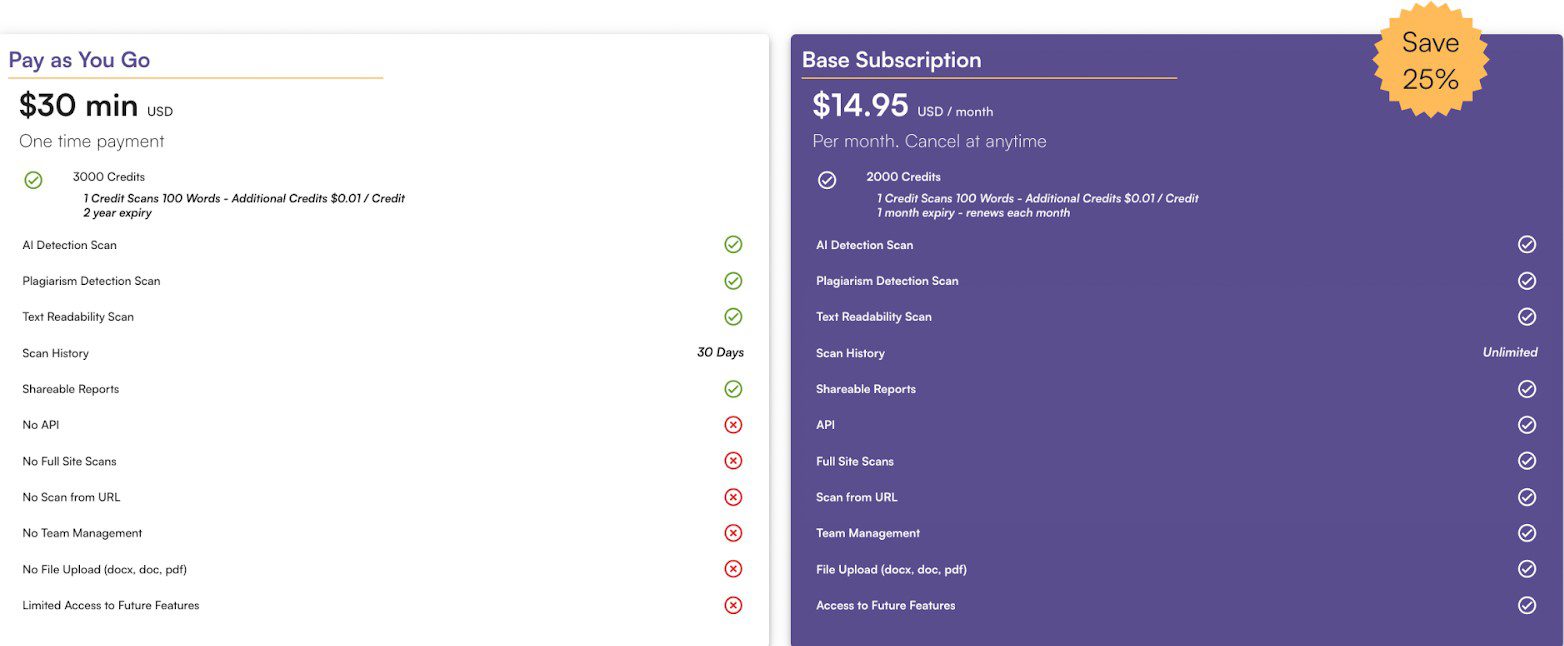
What You Get with the Monthly Base Subscription
- 2000 Credits (or 200,000 word scans) per Month: These credits reset monthly on your billing date, ensuring you never run out.
- Access to All Features: You get access to all the features Originality AI has to offer, including any new features they roll out. The additional features you get include API access, full site scans, scanning from URLs, team management tools, and more.
This plan is ideal for users who rely heavily on Originality AI and want to maximize their usage cost-effectively. If you’re a part of a writing organization or a content marketing team that needs to ensure the originality and readability of multiple documents regularly, this is the plan for you.
Conclusion
Originality AI offers a balanced set of features for those concerned with the originality and readability of digital content. AI content detection is usually trustworthy, but it has occasionally been known to generate some false positives. The readability scoring is advantageous, yet providing more detailed feedback would enhance it. The plagiarism scanning feature is a helpful addition that any publisher would appreciate. Lastly, the Chrome extension, while functional, could benefit from some refinements.
So, is Originality AI the right tool for you? It is if you’re seeking a multi-faceted solution and are willing to navigate a few shortcomings. Overall, Originality AI is a strong contender in digital writing tools, but like any tool, it’s essential to understand its strengths and weaknesses fully.
To learn more about how AI is transforming digital media and how you can get in on the revolution, check out our other articles on popular AI tools. See our list of the best AI writers and the best AI paraphrasing tools on the market. And if you’re building and managing websites, see our recommendations for the best AI website builders.

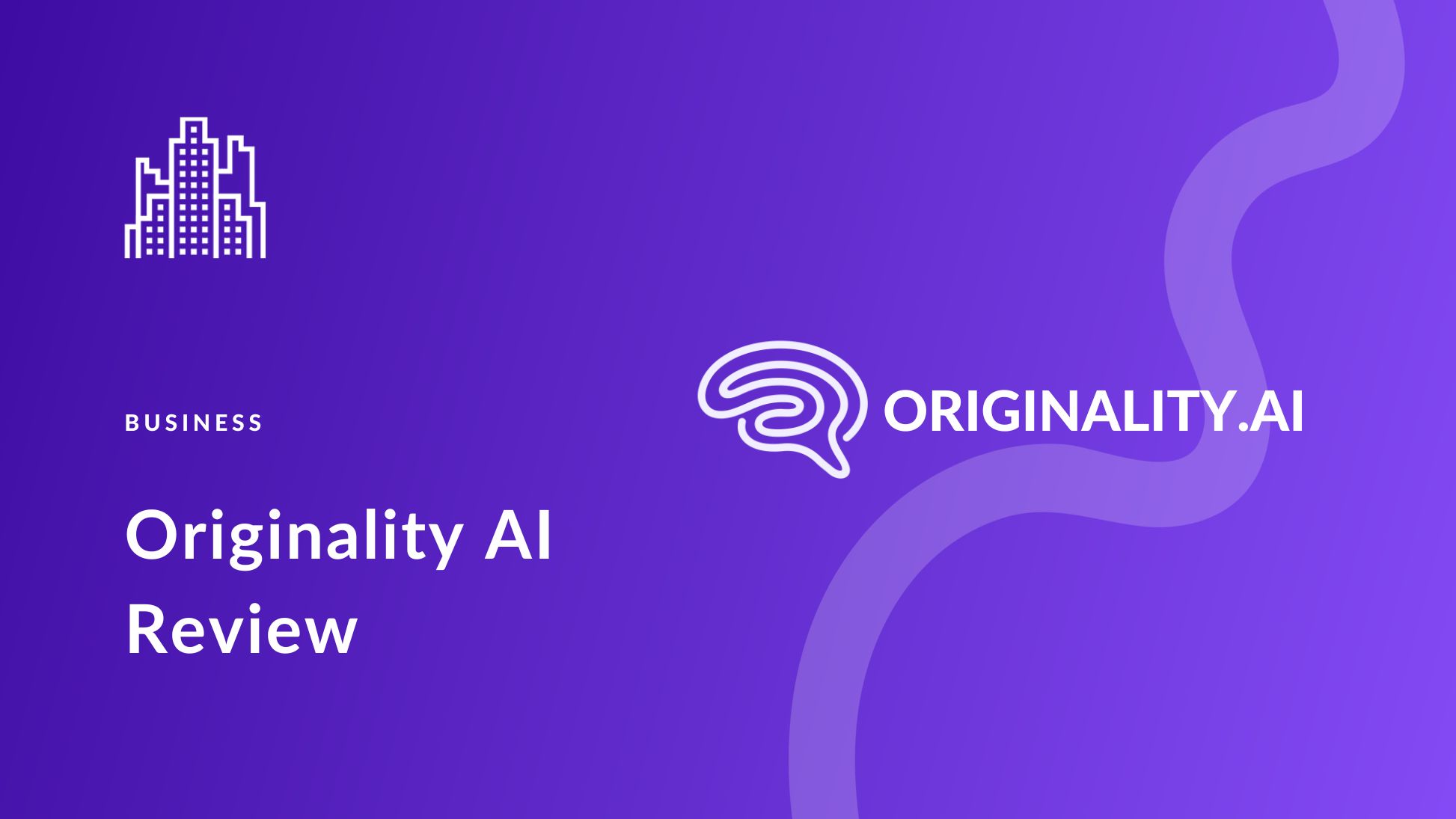

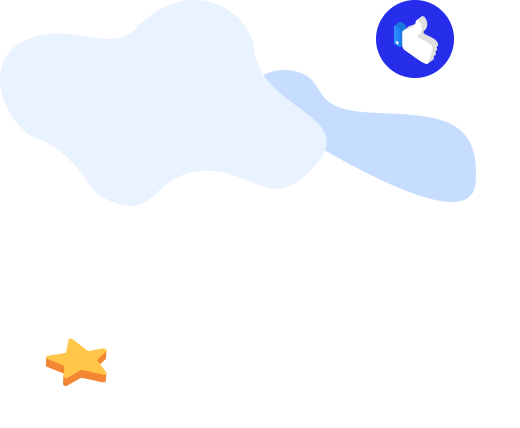



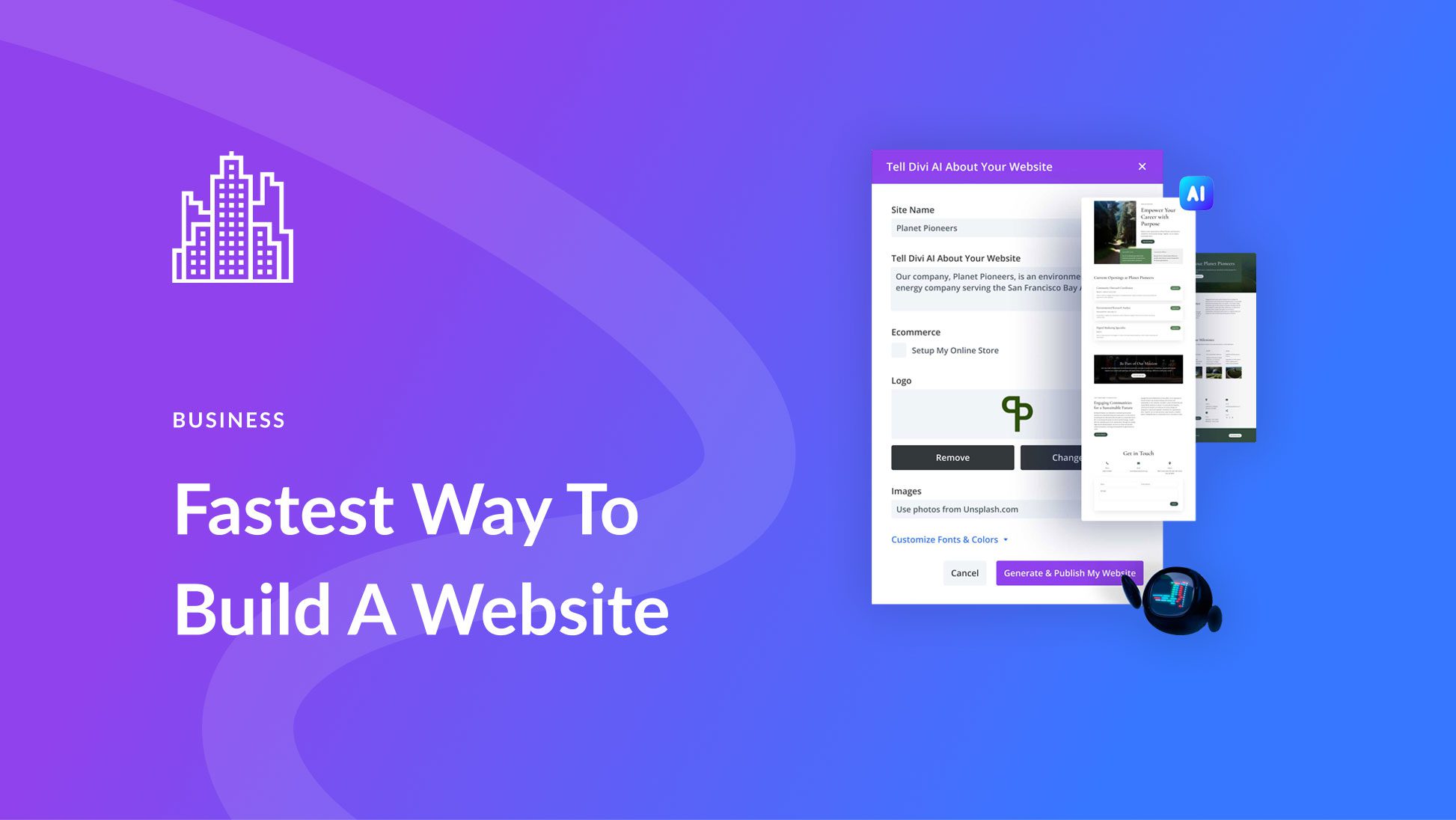
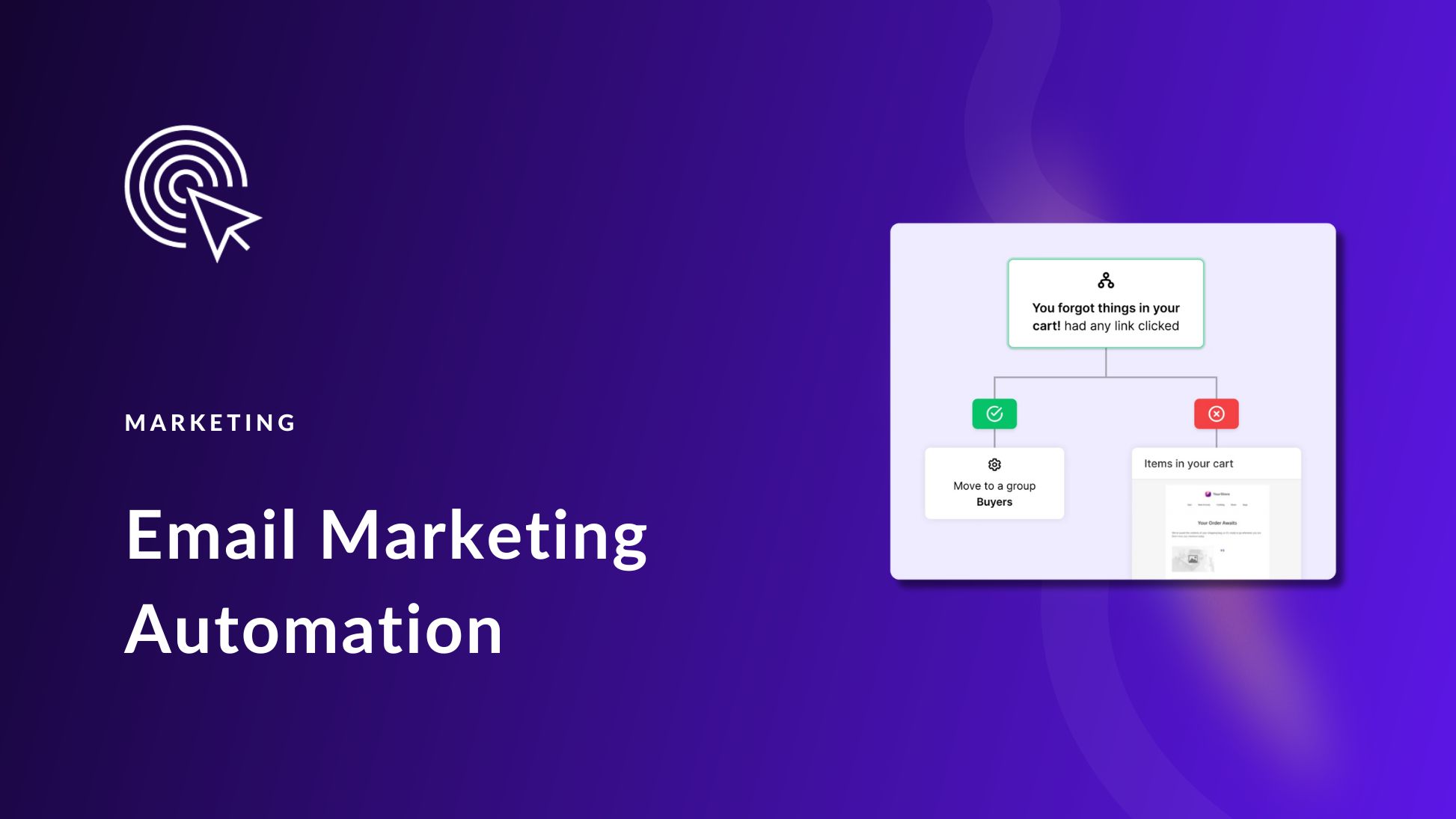
I’m extremely dissatisfied with a recent experience and wish I could give a zero-star rating. I used a tool to analyze a biography that I personally wrote five years ago, and to my surprise, it inaccurately identified it as being 100% AI-generated. Considering AI technology like this was introduced only in 2022, it’s perplexing how my earlier work could be flagged as AI. This leads me to believe that the entire system is a scam designed to profit the sponsors while deceiving customers. To further test the tool’s accuracy, I submitted an article published on a reputable health website and currently ranked third on Google. Astonishingly, this content was also wrongly labeled as 100% AI-generated, which is frankly absurd